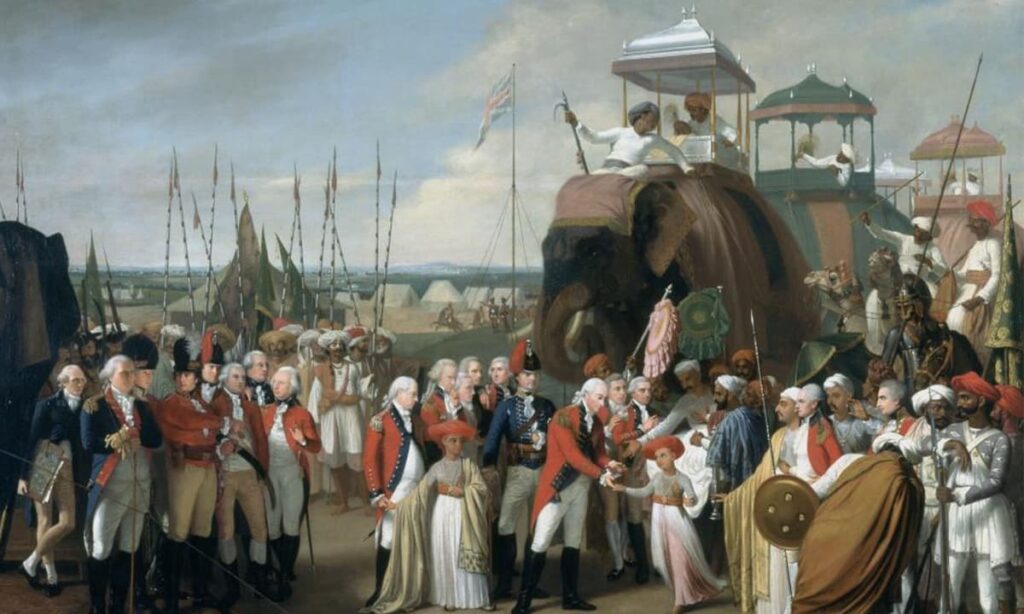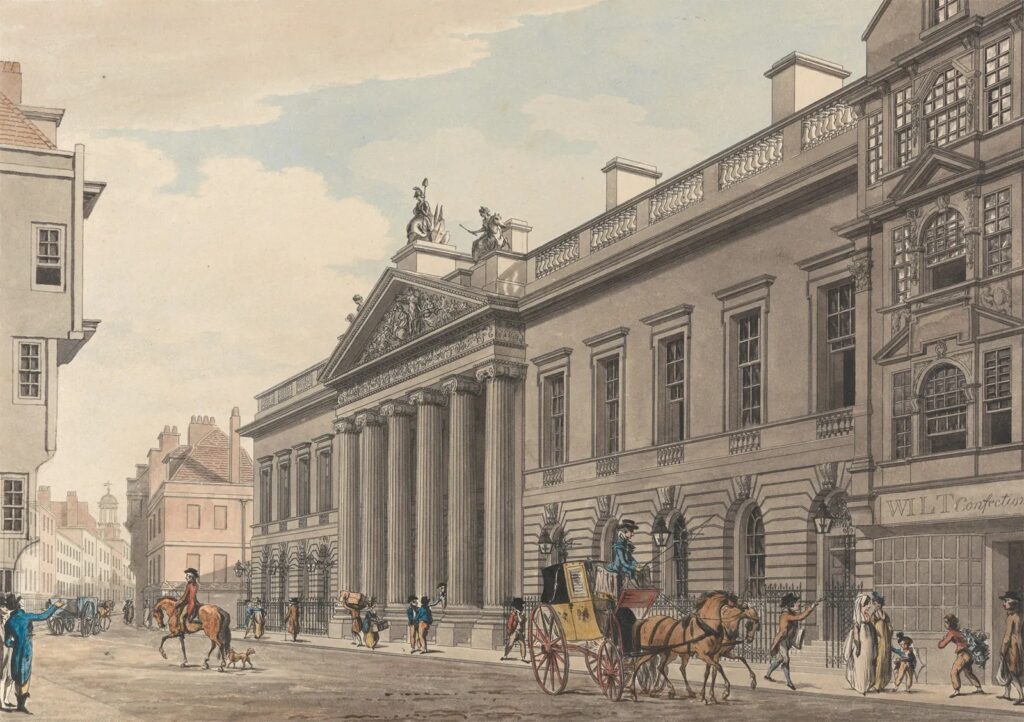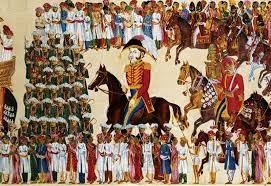Introduction
The founding of the British East India Company in 1600 CE was a pivotal moment in world and Indian history. What began as a trading venture by English merchants would evolve over the next two centuries into a dominant political, military, and economic force in South Asia. The Company’s establishment marked the beginning of deeper European involvement in the Indian subcontinent, setting the stage for far-reaching changes in commerce, governance, and society.

Foundation: Royal Charter and Early Ambitions
- On December 31, 1600, Queen Elizabeth I of England granted a royal charter to the “Governor and Company of Merchants of London Trading into the East-Indies.” This exclusive charter gave the Company the monopoly to trade in all regions east of the Cape of Good Hope, including the Indian Ocean and Asia.
- The company started with a group of merchants pooling capital as a joint-stock venture. Its initial capital was £72,000, and it had 125 shareholders.
- The primary motivation was to access the lucrative spice trade, which was previously dominated by the Portuguese and Dutch.
The Early Years: Trade and Factories in India
- First Contact in India: The Company’s ships, led by Captain William Hawkins, first docked at Surat in Gujarat in 1608. In 1611, the Company established its first factory (trading post) at Masulipatnam on the eastern coast, followed by a more prominent base at Surat in 1615.
- Royal Support in India: In 1615, King James I of England sent Sir Thomas Roe as ambassador to the Mughal emperor Jahangir. Roe’s diplomatic mission resulted in the Company receiving permission to establish permanent trading posts (“factories”) at Surat and other locations, giving the English favored trading rights in Mughal territories.
- Throughout the 17th century, the Company expanded its trade to include textiles, indigo, saltpeter, silk, and eventually tea, in addition to spices.
Nature and Structure of the Company
- The Company operated as a private trading entity with powers normally reserved for sovereign states. It had the right to “wage war,” administer justice, and mint its own money in territories abroad.
- Decision-making rested with a Court of Directors based in London, answerable to shareholders. Overseas, agents known as “factors” managed the local factories.
From Company to Empire
- During its first century, the East India Company was one among several competing European powers trading in India—the Dutch, Portuguese, French, and Danish were all significant rivals.
- Eventually, as Mughal power waned in the 18th century, the Company took on military and administrative roles. Major milestones included victory at the Battle of Plassey (1757), the acquisition of the “diwani” (right to collect revenue) in Bengal (1765), and expanding territorial control.
Long-Term Impact and Legacy
- The Company’s rule laid the bedrock for the British Raj. It introduced new legal and revenue systems, transformed land tenure and agriculture, and played a central role in infrastructural and social changes—though often with exploitative and disruptive consequences for Indian society.
- The Company’s power ended after the Revolt of 1857, when the British Crown assumed direct rule over India through the Government of India Act 1858. The Company was dissolved in 1874.
Interesting Facts
- At its peak, the East India Company’s private armies numbered around 260,000, double the size of the British Army at the time.
- The Company’s initial profits were so high that other English trading groups lobbied for their own licenses, prompting a renewal of the charter in 1609 with conditions.
- The company’s first ever voyage yielded profits of over 100% for its shareholders.

Conclusion
The foundation of the British East India Company in 1600 launched a centuries-long transformation of Indian and global history. What began as an ambitious trading project would ultimately lead to the establishment of British empire in India, changing the subcontinent and influencing the world for centuries to come.




